Our Location
Islamabad, Pakistan
Water is a material that exists in three different states: gaseous, liquid, and solid. It is made up of the chemical components hydrogen and oxygen. Its chemical formula is H2O.
It is among the most abundant and vital substances. At room temperature, it is an odorless and tasteless liquid with a significant capacity to dissolve many other compounds.
Water’s flexibility as a solvent is, in fact, vital to all living things. Oceanic watery fluids are thought to have given rise to life, and living things rely on aqueous solutions for biological functions like blood and digestive juices.
Water is something that most people take for granted even though they need it to survive. You might not be aware of just how many incredible things there are about water. Did you know, for instance, that just one tablespoon would be available for us to drink if the whole world’s water could fit in a gallon jug? We think you’ll find these 15 additional water-related facts to be intriguing.
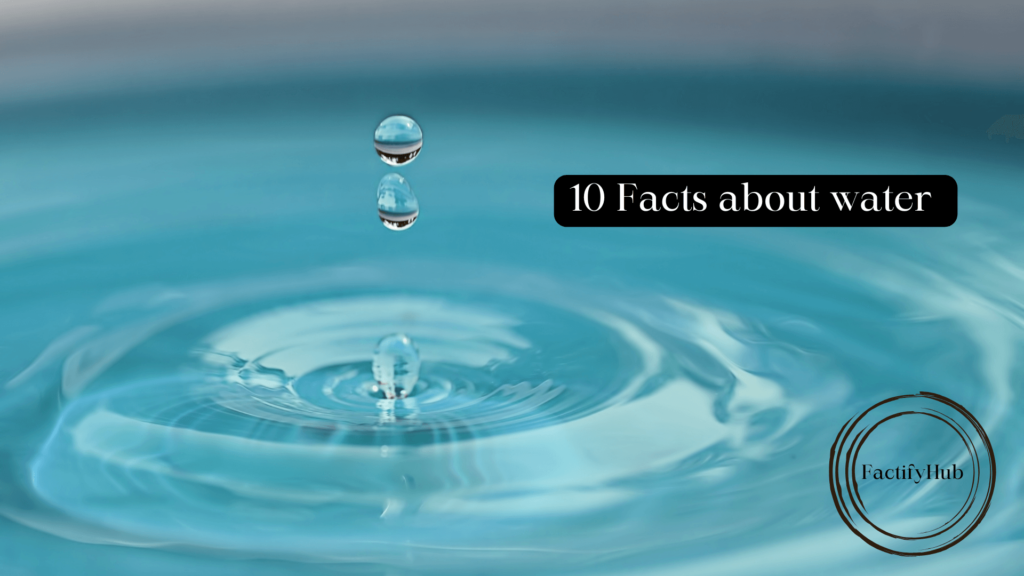
Fresh water and salt water are the two types of water. Freshwater has less than 1% of dissolved salt in it, but salt water you guessed it contains huge amounts of salt. Drinking water can only be made from fresh water.
Every day, a trillion tons of water are evaporated by the sun.

Ice floats because frozen water is 9% lighter than water.
The majority of the water on Earth’s surface is either salty or permanently frozen.
There is a subsurface water content greater than surface water in Canada.
Up to 75 liters of water might be wasted every day by a little trickle from a faucet.
The amount of water on Earth suitable for human consumption is less than 1%.
Only water exists naturally on Earth in all three states: liquid, solid, and gas.
There is no taste or scent to pure water. Additionally, the pH of it is around 7.
A quarter of the world’s wetlands are found in Canada. It is, in actuality, the world’s biggest wetland region.
A large portion of the human population as well as the animal kingdom deal with the global issue of water contamination on a daily basis. The mentioned figures will astound you.
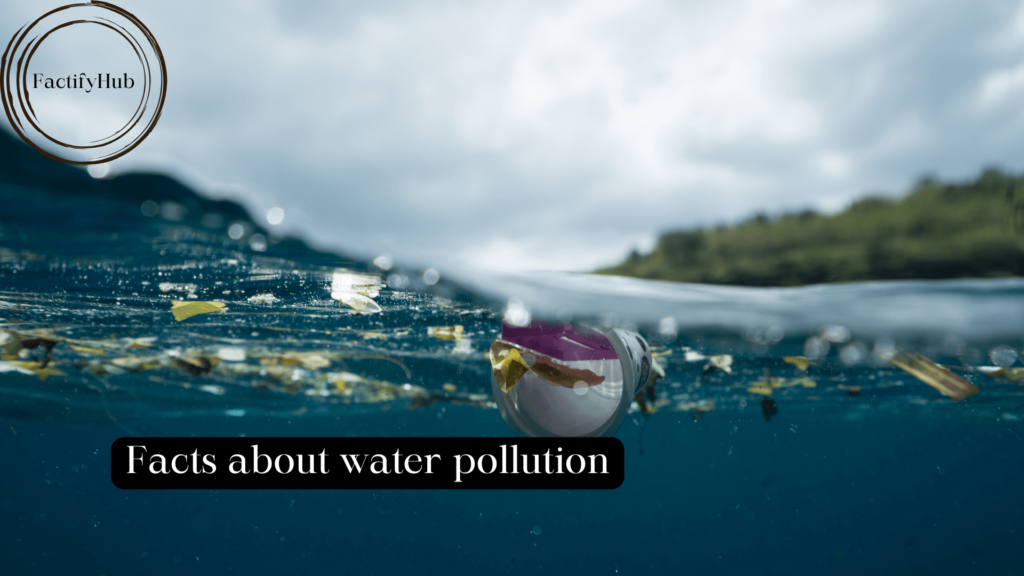
| Primary Home Contamination | The source of 80% of water contamination is home sewerage. |
| Waterborne Illness Child Mortality | Every year, illnesses brought on by drinking tainted water claim the lives of 15 million children under the age of five. |
| Industrial Waste in Waterways | Approximately 70% of industrial waste ends up in waterways. |
| Plastic Trash Influx | Every year, almost 6 billion pounds of trash, mostly made of plastic, find their way into the seas. |
| Asia’s Polluted Waterways | Compared to other continents, Asia has the greatest amount of polluted waterways, mostly by germs from human waste. |
| Bangladesh’s Arsenic Problem | Bangladeshi underground water is tainted with arsenic, a very deadly, carcinogenic substance. |
| Pollution Plagues Ganges | The Ganges river in India is home to dead animals, trash, filth, and people, making it the most polluted river in the world. |
| US Water Contamination Crisis | In the United States, 46% of lakes and 40% of rivers are contaminated, making them unfit for swimming, fishing, or other activities. |
| Daily Human Waste Impact | Every day, about two million tons of human waste come into contact with water. |
| Tsunami’s Radioactive Ocean Impact | The 2011 tsunami caused a nuclear disaster that resulted in the release of 11 million liters of radioactive water into the Pacific Ocean. |
As it is found in every living creature on Earth, water is the lifeblood of the planet. It also controls our weather and temperature. There is so much more to this priceless resource, even if you are probably already aware of it that will increase your appreciation for it. These fascinating water facts might help you better appreciate the actual significance of water in our daily lives, from the immense seas that support continents to the unseen health benefits it provides.
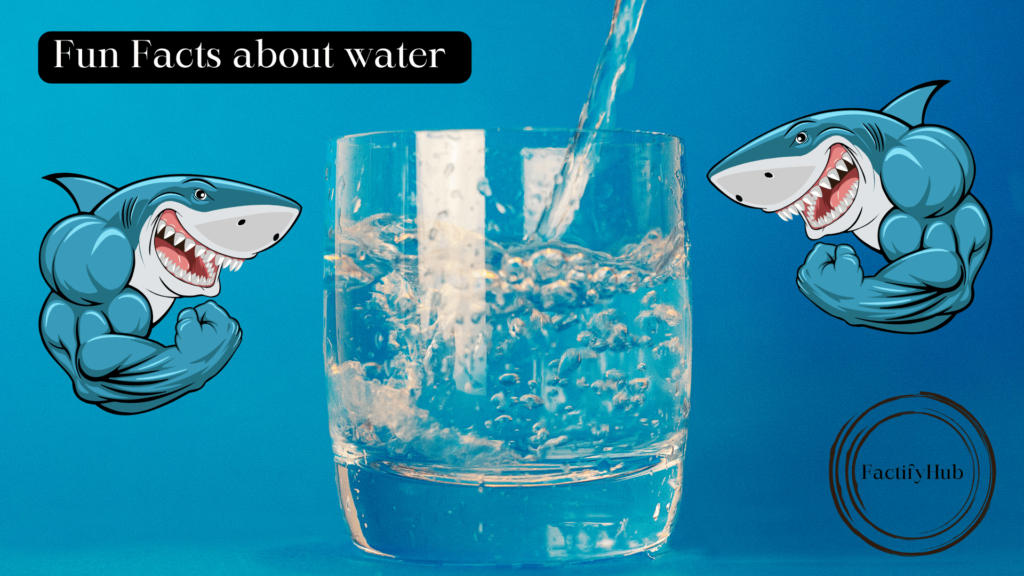
| One may survive without food for around a month, but not without water for only a week or so. |
| Water makes about 75% of a live tree and the human brain. |
| Every day as we exhale, we lose little more than a cup’s worth of water (237 ml). |
| Earth’s water content is the same as it was at the planet’s formation. There may be molecules in the water from your faucet that dinosaurs once consumed. |
| In the United States, each person uses around 50 gallons of water per day at home on average. |
| Drink plenty of water if you ever get a fever since it helps to control body temperature. |
| Seven times as much water is used per pound by infants in their first six months of life as by the typical American adult. |
| More compounds than any other liquid may be dissolved in water, including sulfuric acid. |
| Under some circumstances, hot water can freeze more quickly than cold water (a phenomenon known as the Mpemba effect). |
| A family of four needs to grow their food for a day in about 6,800 gallons of water. |
| Ninety-five percent of a tomato is water. Eighty percent of an apple, pineapple, and corn ear is water. |
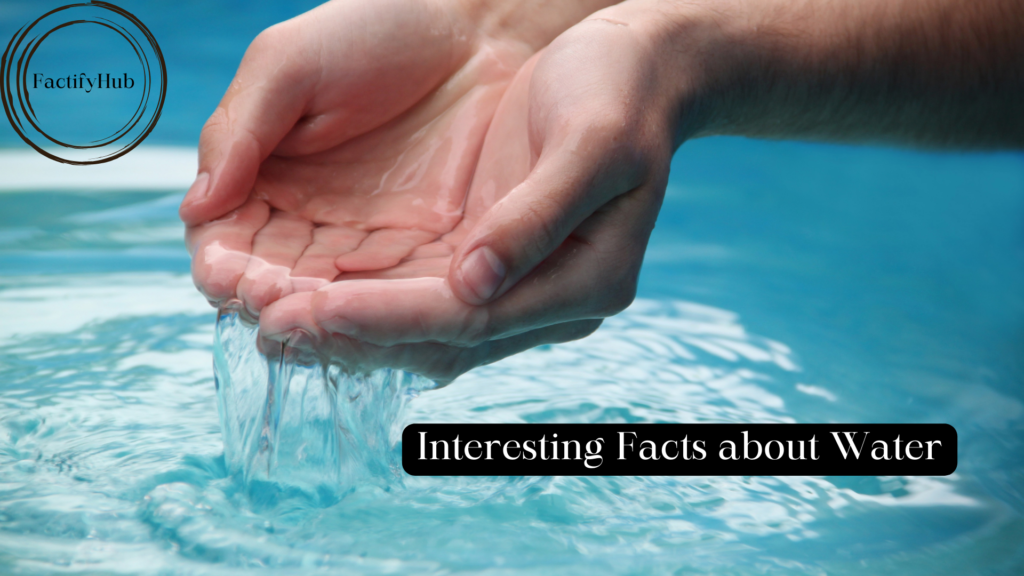
Water is one of the most valuable resources on the planet if not the most valuable resource overall. We at Aqua Master are aware of the importance of water. For this reason, we provide a large assortment of drinking water systems and water softeners to keep your water pure and flavorful.
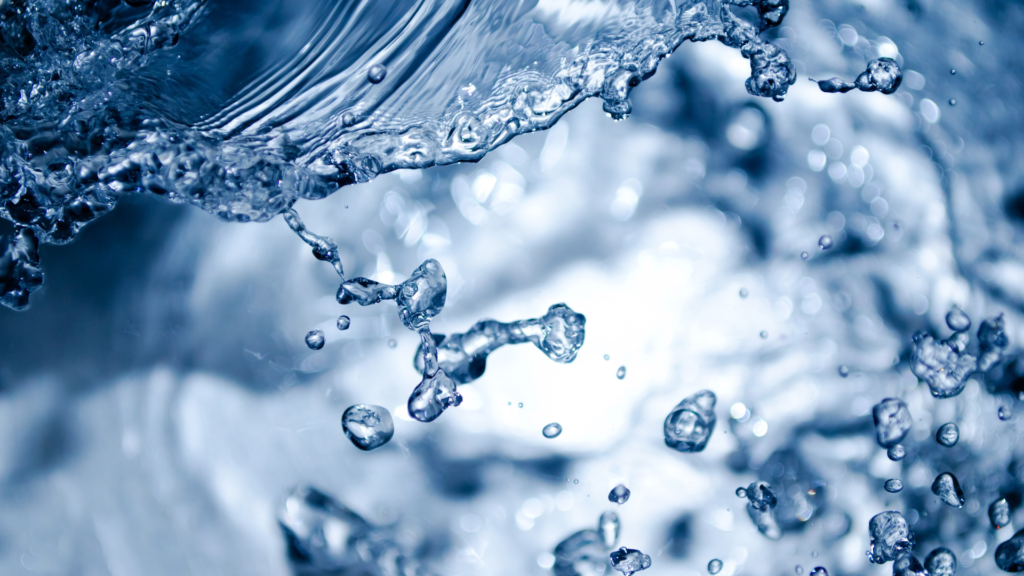
Pure water has a pH of 7, which is neutral and not less than 7 or basic or acidic. Water molecules attach because they are incredibly cohesive and sticky. Of all the non-metallic liquids, water has the highest cohesiveness.
Life needs water.
It is referred to as H2O, another name for “water,” and is composed of one oxygen atom and two hydrogen atoms, the two components that makeup water molecules.
There are three states of water: liquid, solid ice, and gaseous steam. Water has no flavor or odor.
A typical family’s annual food needs may be met by growing crops in 3.3 acre-feet of water. Every day, a leaking faucet can waste 100 gallons.
A typical flush of the toilet requires 3 ½ liters of water. 37 gallons of water are needed for an average bath.
Water molecules have a bent overall shape, partial positive charges on the hydrogen atoms, and partial negative charges on the oxygen atoms. This is because oxygen attracts electrons more readily than hydrogen does due to its greater electronegative nature. A great solvent is water.
Images are personally made from Canva and is downloaded from Unsplash